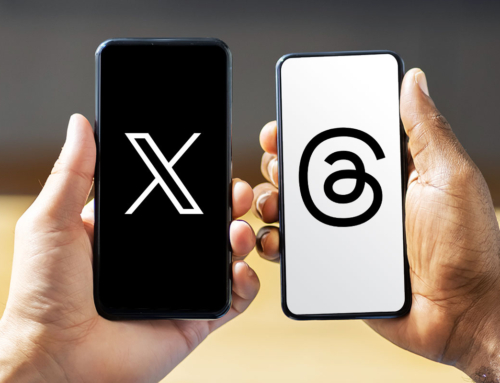Social media can be an incredible tool for understanding and engaging with your audiences. At its best, your profile can be a spotlight for glowing remarks and user generated content and be a valuable remarketing tool. In a crisis though, your profile may become a hotbed of conflict, and you may find your inbox and comment section overflowing with disgruntled customers.
So, what are social media managers to do in the face of public scrutiny?
With the right social response strategy, cooler heads will always prevail.
Know what’s worth responding to.
It might be tempting to respond to every single comment, tweet, or direct message. But sometimes, responding can do more harm than good. It comes down to whether it is reasonable to assume the user has a genuine problem with your brand or product that can be addressed. For instance, if you’re an airline company, there’s a difference between someone being upset their flight was canceled and someone who is simply calling your airline a list of profanities.
If it appears that the commenter in question could genuinely use your support and seems to be reacting to a specific issue, it is always wise to respond in a timely manner.
So you’ve decided to respond, now what?
It is always a good idea to plan ahead. If you have noticed certain issues prompt frustrated social comments from customers, or you expect a future announcement to garner a particularly contentious reaction, crafting an internal Q&A sheet for expected questions and concerns is crucial.
The more familiar you are with the questions or concerns your customers have, the sooner you can respond and connect them to the information or resources they need. With that said, remember that your customers aren’t robots, and you shouldn’t be either. Make sure to personalize any response templates you may have in a Q&A document. Authenticity is crucial, especially when speaking to an audience in distress.
If the initial comment or message was posted on a public page, make sure your response is public. By responding publicly, you’re letting the world, not just this customer, know you care about their experience and are easily approachable for support. However, once you’ve made initial contact, take the conversation to a private channel as soon as possible. Invite them to continue the conversation through direct messages. Taking the conversation private allows you to garner more details about the customer’s experience, takes the public spotlight away from the conversation and can help the conversation feel a little more human.
Listen, empathize and problem solve.
Listen actively to the feedback you are receiving from the customer. No matter how aggressive or difficult they may come across, it is imperative that you listen through their vitriol to better understand the issue laid before you. In some cases, it may also be helpful to restate the problem they are facing back to them, to help them feel heard and confirm that you are on the same page. If it’s not a situation you can immediately rectify, or they require information that you can not yet provide, communicate what steps you are taking until you can provide a more helpful update.
Assistance comes in many forms.
There are some situations where a problem simply cannot be fully solved, especially in 2020. Throughout the past year, plans have had to be canceled and convenience has been traded for the sake of health and safety. In these situations, there isn’t always an easy solution, or perhaps any solution at all. But listening, empathizing and offering some form of support can still make a difference.
Even when you can’t offer a customer a panacea for their problem, offering support in the form of a discount, resource guide, additional information or a formal channel for feedback can go a long way. These are trying times, and customer service in the age of COVID-19 can be especially thankless work. But remember, it is the brands that take the time to listen and provide demonstratable support that will build stronger relationships for the future.








